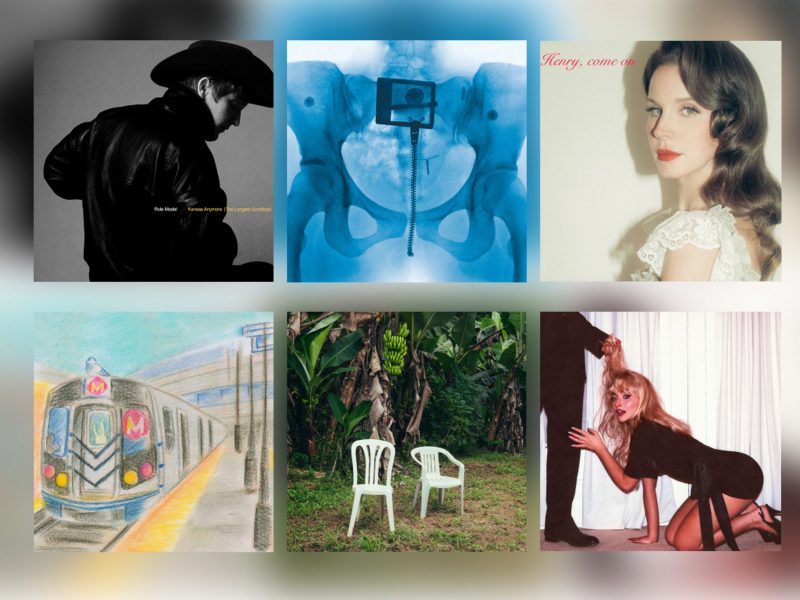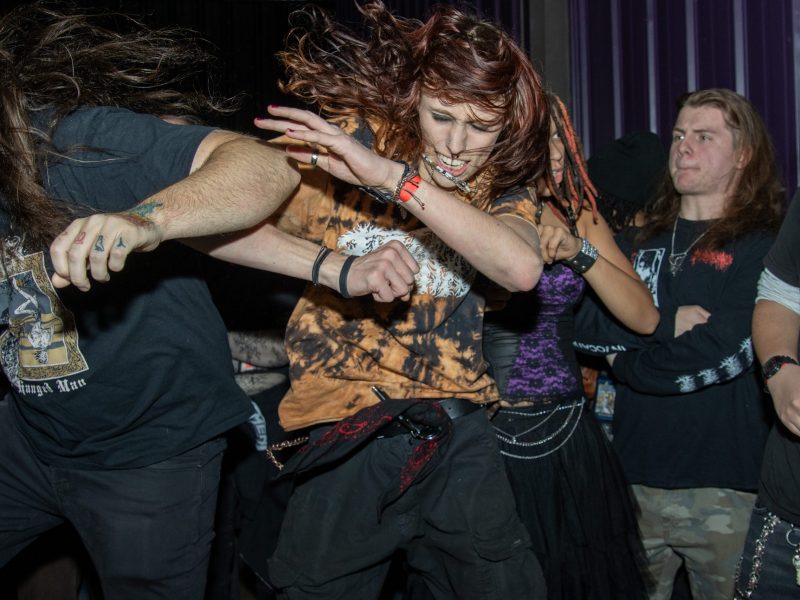Content warning: This article contains mentions of sexual assault and rape.
In 1993, the Women’s Coalition of Change, a group of anonymous female University of Maryland students placed an exhibit on campus during the annual Art Attack festival as a substitute for a final paper in their feminist art history course.
The students installed pieces of paper that listed the names of male students on campus under the heading, “Notice: These Men Are Potential Rapists.”
Eyes shifted from those words to a list filled with peers, classmates and possibly their own name, causing an uproar.
The same striking title that conjured a nationwide controversy at McKeldin Mall more than 30 years ago was exhibited at the coalition’s film screening, exhibition and anonymous panel discussion at the Parren J. Mitchell Art-Sociology Building Tuesday as part of NextNOW Fest.
Coalition members generated the list from identifiably male-oriented names in the campus’ 1993 student directory. The women did not know most of these men personally.
[Blink-182 retains signature teen angst on new album]
The panelists expressed that at the time, the process was undeniably full of errors. It instead became a symbolic action that reiterated the idea that the male names in the directory were as stated — “potentials.”
Fifty minutes of real footage immersed the audience in the tense atmosphere of that day on the mall. The clips — grainy and suffocated by low-quality 90s audio — successfully captured appalled students’ real-time reactions.
While the coalition’s display also included posters and a creative performance, the daunting list of names resonated most with students, both male and female.
The reactions caught on film varied. Some students were more accepting of the artistic purposes behind the exhibit, while many took offense.
Words like “unfair,” “bogus,” “egregious,” “pathetic,” “slander,” and “libel” circulated the discussion. The last of the descriptors — “slander,” and “libel” — shifted nationwide media coverage to focus on students’ reputations rather than the issue of college rape.
Sensational newspaper headlines, excerpts and broadcast clips appeared on the screen. Many placed blame on the women who created the project, labeling them as radical, “feminazis” and “stupid bitches.”
These same clips were featured in the exhibit outside the Art-Sociology Building, where physical copies of newspapers, opposition flyers and correspondence with the university president and the coalition were on display.
Outlets such as USA Today and The Washington Times were also included as examples of media that allegedly failed to tell the coalition’s intended story.
Three of the nine coalition members who took part in creating the 1993 exhibition spoke at a panel Tuesday. They sat at the front of the room with color-coded squares attached to their tops.
[Local musicians take the stage for WMUC Fest]
To this day, the women remain in anonymity and take pride in their initiative to focus on the collective issue of rape, rather than hyper-focusing on an individual.
Throughout the film and panel discussion, the audience — composed of university faculty, staff and students — was drawn into harsh realities of the women who created and lived through the original exhibit’s backlash.
More than 30 years later, the exhibition takes a new audience on the same journey of confusion, guilt, sorrow and anger, cementing its legacy as art that starts dialogue.



